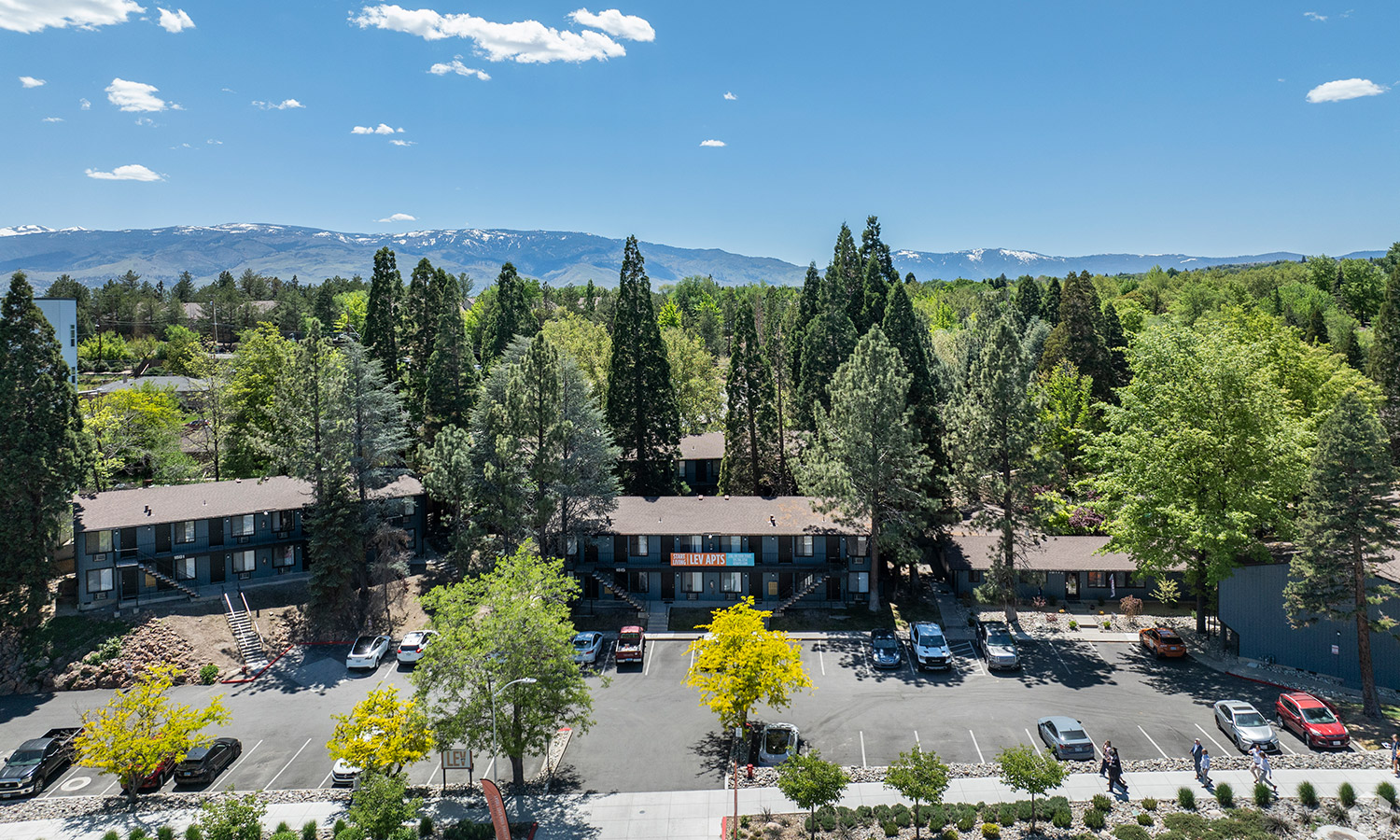To help determine what prices for leases and boat storage at the Port of Port Townsend should be, and to see how competitive those prices would be in the region, port commissioners voted Feb. 14 to direct staff to hire a consultant to conduct a rent survey.
The decision was made as a result of a Dec. 13 request by the commission for port staff to look into having Western Washington University’s (WWU) Center for Economic and Business Research complete a study of the Boat Haven’s carrying costs and market lease rates.
Key objectives for the study are to include determining the pricing needed to generate enough net operating income to allow recapitalization of the Boat Haven’s essential infrastructure; and whether or not the necessary pricing structure is competitive in the region.
AGING INFRASTRUCTURE
The port has been wrangling with the high costs of maintaining millions of dollars worth of aging infrastructure, such as the Boat Haven breakwater, the Point Hudson jetties and more in an era when federal funding is not paying for such infrastructure as it did decades ago.
At the Feb. 14 meeting, commissioners decided not to use the WWU study and instead voted unanimously to move forward with selecting a contractor from a roster of from three to five qualified companies to conduct a rate survey.
The specific contractor is yet to be determined, but commissioners expressed a desire to use the firm the port had previously used for rate studies, Kidder Mathews.
Sam Gibboney, executive director for the port, said Kidder Mathews should not automatically be hired for the survey. Instead, procurement rules called for a more competitive selection process as well as price negotiation for the work. Although the process is to be competitive, it needn’t be so formal as to require bidding or requests for proposals, Gibboney said.
COMPETITIVE SELECTION
Gibboney said a competitive selection process is necessary because Kidder Mathews does not qualify as a “sole source” contractor because the work it does is not sufficiently unique.
If the port had decided to use WWU for the study, a competitive process would not be required because working with the university is considered an interagency agreement, Gibboney said.
Because the cost of the study is expected to be less than $20,000, Gibboney is authorized to select a contractor from a roster without further commission approval.
Gibboney said WWU had done various economic and financial studies for the Port of Skagit and Port of Bellingham, and said the contractor’s study would be a “rent survey” and would be simpler in scope than the WWU study would have been.
Gibboney said that a rent survey could be completed about one month after the contractor was signed. Kidder Mathews told the port the study would cost $12,500.
Commissioner Bill Putney said he wants to use Kidder Mathews because he said his impression is that it did most of the similar surveys for other ports in the region.
Prior to the vote, Putney asked Gibboney how a WWU study would be useful if changes are needed. Gibboney said that the port could get a copy of WWU’s pricing model and update that model as required.
Putney asked if the WWU study would look at what effect port rates might have on businesses and the community. Gibboney said WWU would check against market prices, and said if port prices were out of line, then the WWU study would identify a structural issue at the port.
The WWU study could also provide insight into the challenges Puget Sound ports are facing. That information would be regional, not port-specific, Gibboney said.
Commissioner Peter Hanke said the WWU study would be “quite lacking” compared to what Kidder Mathews would do, as he thought Kidder Mathews knew how to determine land values. Determining the value of port land would help the port set its prices, he said.
========
Port awarded $200,000 grant by DOE
The Port of Port Townsend has been awarded a $200,000 integrated planning grant (IPG) by the state Department of Ecology, which is to be used to deal with contaminated “brownfield” property.
Sam Gibboney, port executive director, said the port could delay the rate survey and use IPG funds to pay for it. The money is not yet in hand.
The IPG is to be used to evaluate options for redevelopment of port properties and also to look at ways to boost economic output of port property.
Part of the money from the IPG could go toward investigating whether or not the soil at the Boat Haven is contaminated with metals.
“We have a reasonable suspicion that there is metal contamination in the soils on our property in the Boat Haven,” Gibboney said. “That is not confirmed. But through this grant we be able to do the soil investigation to establish whether or not we do have soil contamination and then to make steps to clean up or otherwise contain the contamination.”
Additionally, Gibboney said port properties were arranged based on old rights-of-way, and that there may be a better way of laying out port property. The IPG could be used to look at how the property might be reconfigured to boost economic output, she said.
For the full story, go to Port Townsend Leader.
©Copyright 2018 PTLeader.com



